In a surprising turn of events, Google’s latest flagship, the Pixel 9 Pro XL, has introduced a new wrinkle in the already complex world of USB-C charging. Despite promises of faster charging speeds, users and tech experts alike are finding themselves entangled in a web of compatibility issues and confusion.
![]()
The Promise vs. The Reality
Google touted the Pixel 9 Pro XL’s enhanced 37W charging capability as a significant upgrade. However, the Android Authority team’s extensive testing reveals a more complicated picture. We’ve been down a rabbit hole of cables and chargers,” says lead tech analyst Sarah Chen. What we’ve discovered is that Google has inadvertently made USB-C even more confusing for consumers.
The 18V Dilemma
At the heart of the issue is the Pixel 9 Pro XL’s specific power requirements. Unlike most smartphones that use 9-10V for fast charging, including previous Pixel models and competitors like the Samsung Galaxy S24 Ultra, the new Pixel demands approximately 18V at 2A to achieve its advertised fast charging speeds.
This higher voltage requirement is unprecedented in the smartphone market,” explains Chen. It’s causing compatibility issues with a wide range of existing chargers, even those that meet the general USB Power Delivery PPS standards.
Confusion in the Marketplace
The situation is further complicated by the lack of clear information from charger manufacturers. Most product listings don’t specify whether they support the 20V USB PD PPS standard necessary for the Pixel 9 Pro XL’s optimal charging.
Chen notes, “Even if consumers are willing to invest hours in research, they often can’t find the specific information they need. It’s a frustrating situation for everyone involved.”
Google’s Unclear Messaging
Adding to the confusion, the Pixel 9 Pro XL’s own “Fast charging” popup doesn’t provide clear information about whether the connected charger is delivering the full 37W. The phone’s charging time estimates remain similar even when not charging at full speed, making it difficult for users to determine if their setup is optimal.
“Google’s ‘Fast charging’ popup tells you nothing about whether your plug is actually charging the Pixel 9 Pro XL as quickly as possible or not,” Chen states. It’s a missed opportunity for user-friendly design.
The Real-World Impact
In practical terms, many users find themselves unable to utilize the Pixel 9 Pro XL’s full charging potential without purchasing new, specific chargers. This includes Google’s own 45W charger and a limited selection of third-party options that support 20V USB PD PPS.
The Android Authority team’s testing revealed that most popular chargers, even those meeting the general power requirements, were capped at 27W (9V/3A) – essentially the same charging speed as the previous Pixel 8 Pro model.
A Step Forward, Two Steps Back?
While the Pixel 9 Pro XL does charge faster to key milestones like 50% and 75%, it then significantly reduces power intake for the final stages of charging. This approach results in overall charging times similar to its predecessor, despite the higher initial power draw.
It feels like Google is giving with one hand and taking with the other,” Chen remarks. “The faster initial charge is great, but the lack of clear communication about charger compatibility and the similar full-charge times may leave many users wondering if the upgrade is truly significant.”
Looking Ahead
As the tech community grapples with these new charging complications, the incident highlights the ongoing need for standardization and clear communication in the USB-C ecosystem. For now, Pixel 9 Pro XL users are advised to carefully research charger compatibility or consider investing in Google’s official 45W charger to ensure optimal charging speeds.
The situation serves as a reminder that even as technology advances, user experience and clear communication remain crucial factors in the success of new features and devices.
Related Articles:
- USB-C Charging Standards Explained: What You Need to Know
- Top 5 Compatible Chargers for Your Pixel 9 Pro XL
- Comprehensive Review: Google Pixel 9 Series
External Resources:
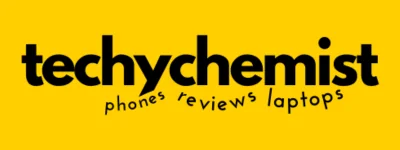
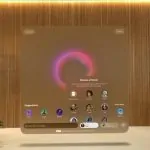
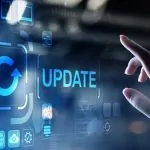



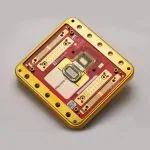
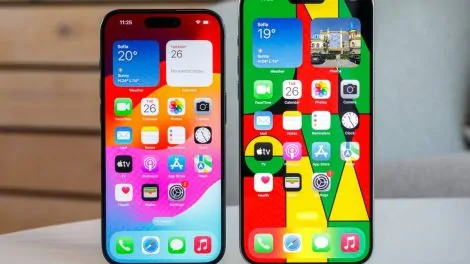
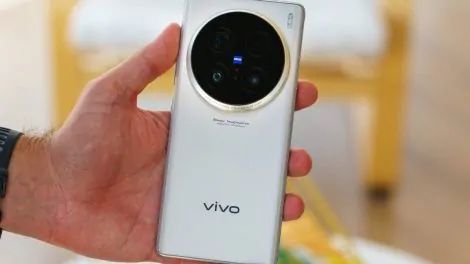
Add Comment